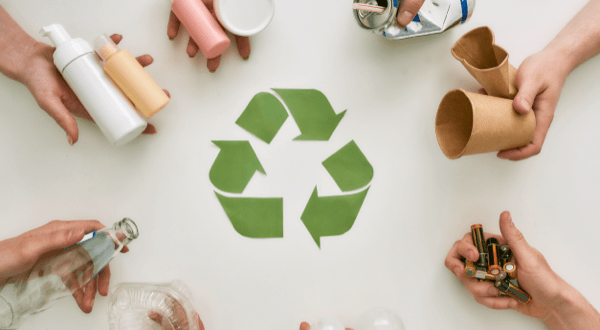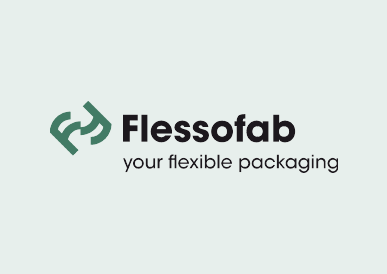Market Trends – Plastic Packaging and Sustainability
Over the past several decades, there has been an increasing awareness of the environmental impact of plastic packaging waste. This has been part of a wider discussion on sustainability, a term that was formally defines in 1987. Sustainable development is the idea that we must live and meet our needs without compromising the ability of future generations to meet their own needs.
Complex Environmental Impact
Plastic packaging can have a beneficial effect on sustainability by reducing food waste and by reducing the carbon footprint compared to metals, glass, and cardboard, but the small mass of individual packages and their varied and complex structure make recycling a challenge. Plastic packaging waste is a highly visible pollutant in our cities, countryside, rivers, and oceans whose impact has grown along with the rise in plastic packaging volume from an estimated 800,000 tons in 1950 to a projected 150 million tons by 2025.
Addressing the Problem
Due to the growing problem of plastic waste over the years, Western nations sent increasing volumes of scrap to China, where relatively cheap labor made recycling economical. However, in 2017 the Chinese government banned further imports of plastic waste, leading to a global realization that the problem must be addressed locally. Global brands, leading packaging producers, NGOs, and government organizations began working together to develop strategies to mitigate the problem. Brands owners such as Unilever, Nestle, Mondelez, and others have adopted similar sustainability goals including a commitment to transition to use only packaging that is fully recyclable ensuring that plastic packaging contains 25% to 30% recycled plastic.
Package Design for Sustainability
The biggest challenge in achieving these goals is the multilayered structure of barrier packaging for fresh foods and other oxygen and moisture sensitive products, as they usually contain layers of incompatible polymers. New technological advances have enabled the replacement of these packaging structures with alternatives based entirely on polyolefins that give equivalent strength and barrier while enabling recycling in the polyethylene waste stream.


